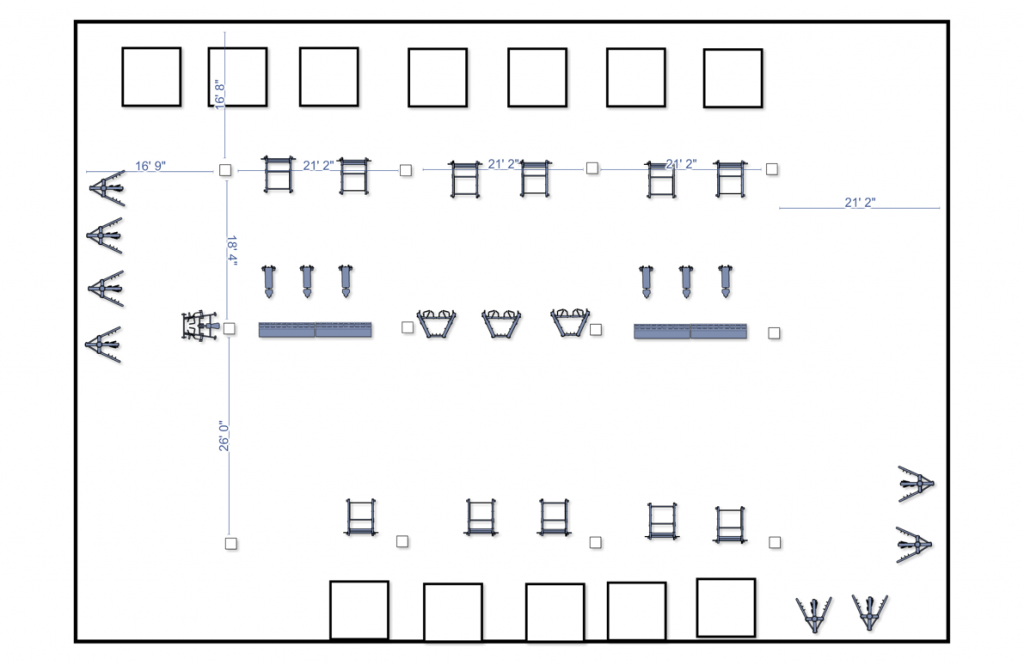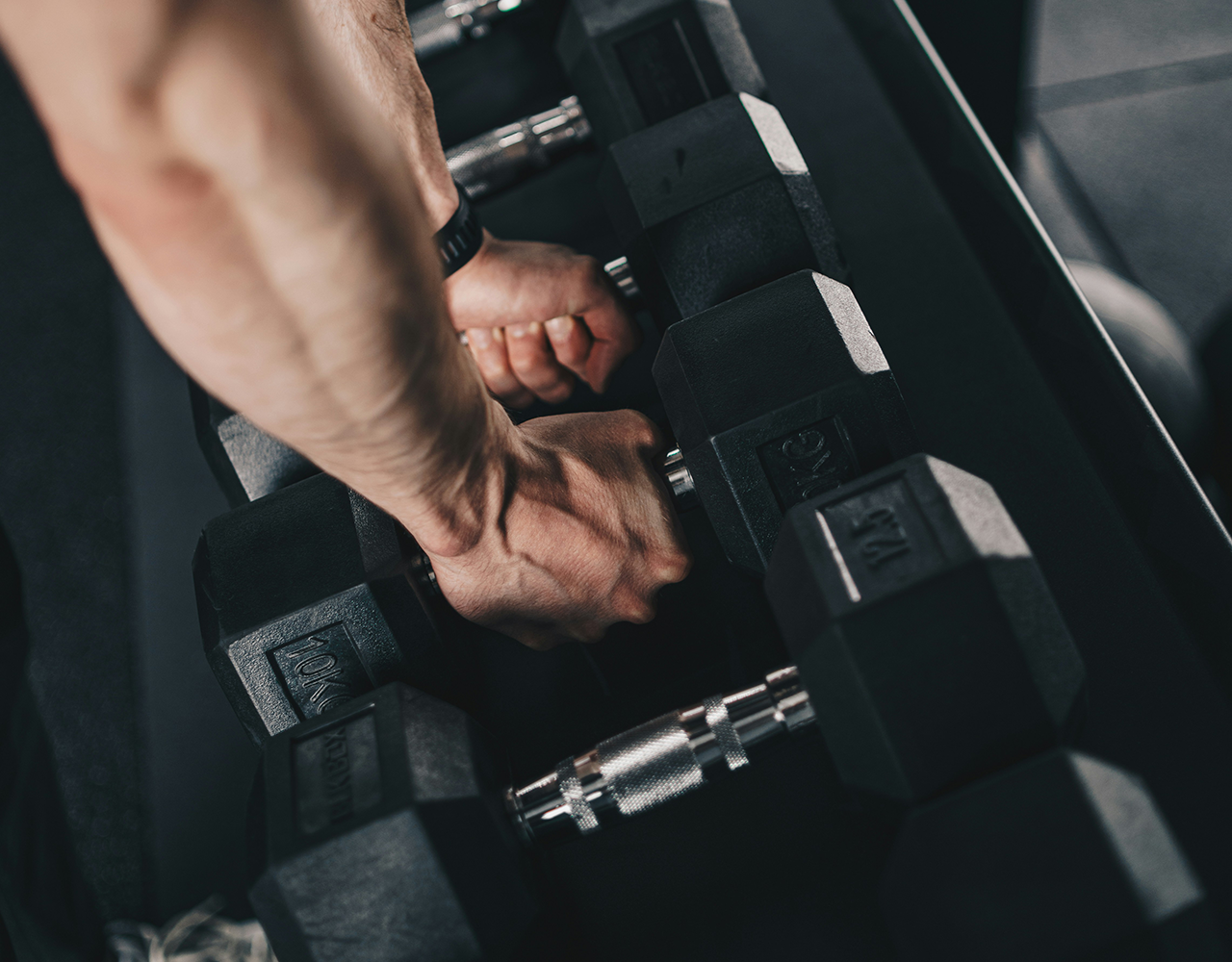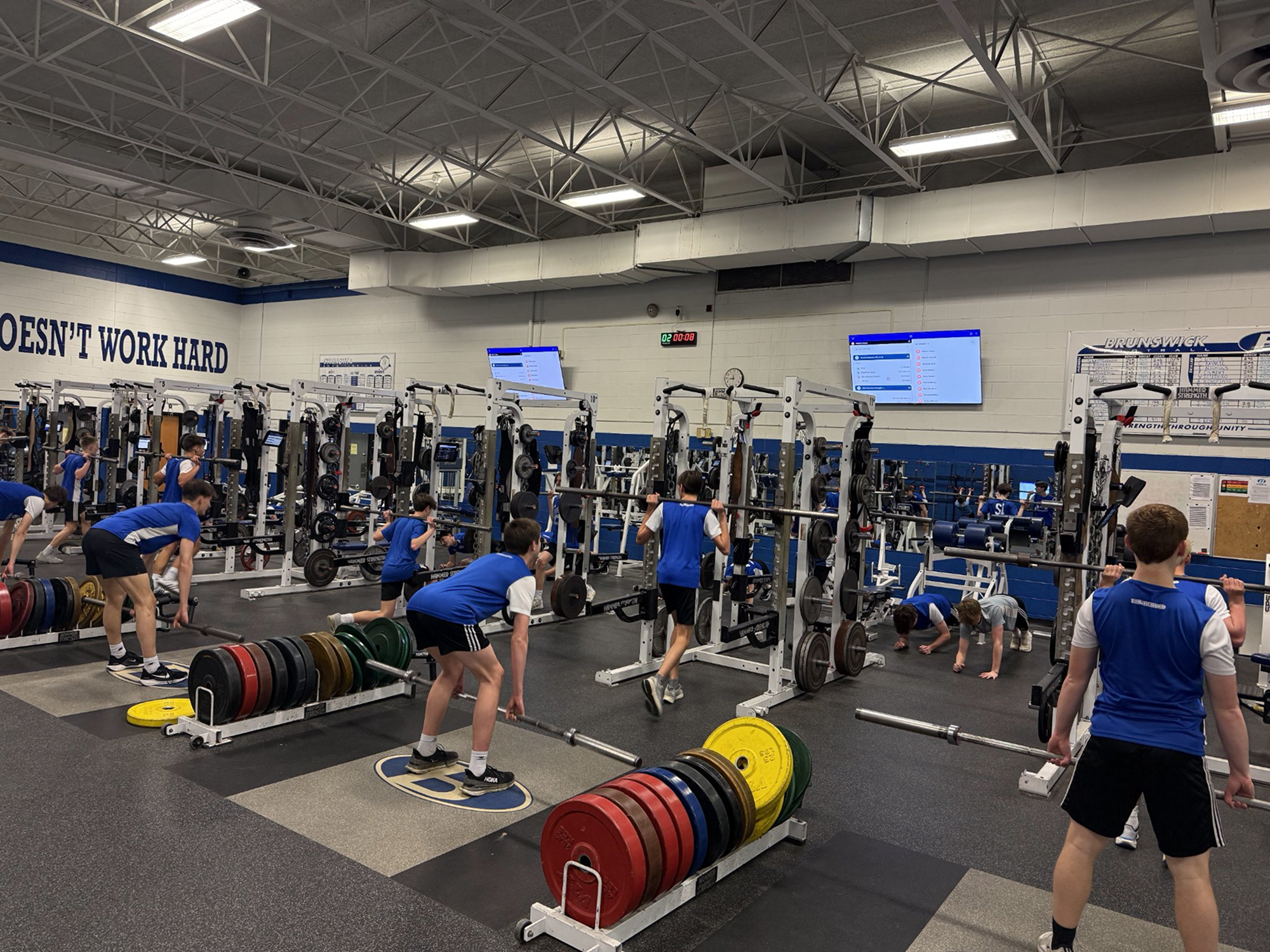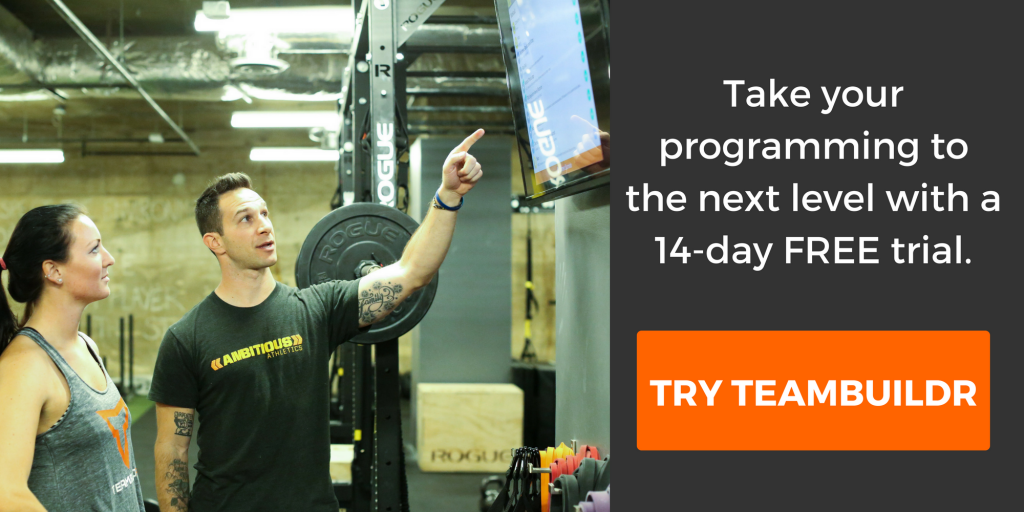The More the Merrier! – How to Train Large Groups
Cue "Pharrell Williams – Happy"
(Because I'm happy)
Clap along if you feel LIKE A ROOM WITHOUT A ROOF
(Because I'm happy)
Clap along if you feel LIKE HAPPINESS IS THE TRUTH
(Because I'm happy)
Clap along if you know WHAT HAPPINESS IS TO YOU
(Because I'm happy)
Clap along if you feel LIKE THAT'S WHAT YOU WANNA DO
I can’t help but hear Pharrell in my head as athletes start arriving for a group fitness training session. My smile grows bigger and bigger knowing that the planning and preparation are about to lead to the grand finale like the 4th of July fireworks show.
There’s something special about a large group setting that just brings out the best in me as a coach. It’s the energy in the room, the logistical plan coming to life, the coaches doing their thing, and when it’s all said and done, you’ve realized that you created an event rather than another training session.
Now when I use the term BIG, I’m referring to those training sessions involving 50+ athletes in the weight room at one time. I’ve had a great training background when it comes to big groups in small spaces. My Eastern Michigan days featured 60+ football players in about 3,000 sqft. I’ve also been fortunate enough to be able to train 60+ soldiers/athletes in 10,000 sqft in my time with USASOC, and the University of Washington respectfully. The biggest difference between these training sessions was the 7,000 sqft of training space. Regardless of the facility, the programs were methodically thought out, safe, met our physiological demands, and most importantly there was a lot of hard work and effort from both the coaches and athletes involved.
Training large groups? Keep your programming, athlete's progress, and team performance data in one place.
Try TeamBuildr FREE for 14 days.
Coach Scott Bennett always told me, “You’re either coaching it, or allowing it to happen.” Either way, you have to look yourself in the mirror when it’s all said and done and know whether you put in the time and energy to ensure that those athletes got better under your watch. Bottom line, larger groups create unique challenges that we don’t always face with smaller teams. But it’s up to us to find a way to get the job done with what we have regardless of the size of the weight room, limited equipment or any of the other BS excuses there may be.
Here is a checklist to follow prior to programming for a large group.
- Determine the number of athletes that will be training at one timeHow many of these athletes are veterans?
- Determine the number of days and session duration
- Understand time restrictions of these athletes
- Can you stagger start times? Can freshman train at an alternative time to improve coach to athlete ratio?
- Are they coming from practice? How does that change what you do for movement preparedness for the weight room? Where are they heading to once the training session is complete?
- Build a diagram of your weight room
- Outline the training space you’ll be using along with the equipment you have available to train these athletes
- Number of racks, barbells, dumbbells, bands, med balls, etc.
- Understand how the quantities of your equipment will ultimately change your programming from what you want to do into what you have to do
- Recruit Coaches (interns, GA’s, assistants)
- During implementation of new phases, it’s imperative that you have multiple coaches assisting with large groups
- Collaborate and come up with the plan together. Use the talent you have in the room.
- Get it coached up during the early phases, it will lead to a well-oiled machine later down the road
- Think of it as an investment. The more coaching you have initially, the greater return on your investment (student-athletes coaching each other = the more coaches you create)
- Number of racks, barbells, dumbbells, bands, med balls, etc.
- Outline the training space you’ll be using along with the equipment you have available to train these athletes
- Can you stagger start times? Can freshman train at an alternative time to improve coach to athlete ratio?
- Understand time restrictions of these athletes
- If you are limited on coaches, your programming may need to remain similar in nature for everyone – at least in the initial stages of the program
- Utilize these big groups to help you with setup and breakdown. Empower them to be independent of you and not dependent on you.
- Keep the main thing, the main thing – Focus on bang for your buck movements that utilize barbells, dumbbells, kettlebells. Insert accessory work (assistance exercises, mobility, stability, core, etc.) where it is best utilized in large group training.
Looking at a birds-eye view of this weight room, it’s clear to see how wonderful it would be to have the entire room to train your large teams. But that’s hardly the case in the world of many Strength Coaches on the Olympic side of things who are utilizing the weight room with hundreds of athletes throughout the day. Whether you have access to the entire room, or to one side, you have to make it work with what you have. Your programming will need to change if you have 5 racks and 5 platforms instead of 11 racks and 12 platforms. If you are programming unilateral or multidirectional movements, make sure you have at least 2 bilateral movements within that same block to account for the time it will take to complete that exercise. The last thing you want is half your team standing around not taking advantage of every minute they have to train.

If you are fortunate enough to have coaches assisting you with your large group training, choose wisely. I feel a blend of different personalities on your coaching staff leads to the best dynamics for large group training. You don’t want 5 honey badgers running around doing whatever the heck they want. The lead strength coach should serve as the conductor; being able to step back, let the groundwork come to life and then assist where needed. The floor coaches are in the trenches doing the coaching and managing the logistical nature of their space and the athletes they are overseeing.
When it comes to large group training, don’t shy away from what you may not have or how things won’t work with the size of your weight room. Instead, evaluate exactly how many athletes you will have at one time, the space you have to work in, the equipment you have, and the time you have to complete the training session. Next, evaluate what the goals are for that particular team, and if they can’t be accomplished within that space, time frame, and with the equipment you currently have, then modifications will need to be made in order to deliver the best product you can with what’s available. The one thing we can all change is our attitude and effort. Those are two things that should live within every training session you are coaching (or allowing to take place).
Subscribe to our blog
Subscribe to receive the latest blog posts to your inbox every week.
Related posts

Implementing French Contrast Training In A Group Setting

4 Reasons Your Group Training Gym Needs 1-1 Revenue

